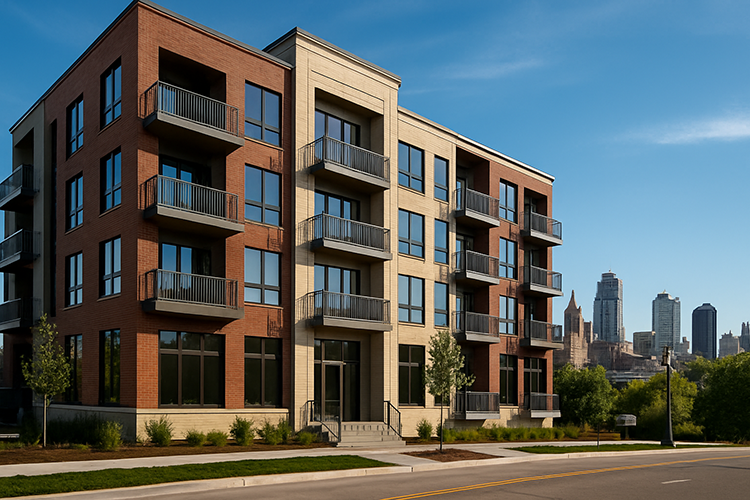2025-10-05
other

Monthly costs for homeowners living in association-governed communities have continued to climb across the United States, prompting a wave of scrutiny and debate over whether the increases reflect genuine expenses or poor financial management. While critics often accuse homeowners’ associations (HOAs) of inflating fees, housing and policy analysts say the real picture is more complex. Costs are being driven upward by expensive insurance markets, stricter safety rules, and rising prices for materials, utilities, and professional services. In most cases, experts argue, the trend stems less from profit-seeking and more from structural and regulatory pressures. A growing number of professionals now point to practical reforms that could ease these burdens without undermining property standards or long-term maintenance. One approach gaining traction is regional pooling of insurance policies, allowing multiple associations to negotiate coverage together. Early pilots in states such as Florida and California have reported premium reductions of up to one quarter compared with individual policies. Financial transparency is another recurring theme. Several states are tightening requirements for public budgets, third-party audits, and open disclosure of reserve funds. Where residents can see how their fees are allocated, disputes tend to drop and satisfaction improves. Analysts note that even small associations benefit when they follow clear accounting standards rather than relying on volunteer boards alone. Technology is also emerging as a cost-control tool. Associations adopting shared service contracts for utilities, security, and maintenance are seeing meaningful savings, while digital energy systems are helping to reduce consumption and repair costs. New federal and state incentives—such as community retrofit grants—encourage investment in energy-efficient upgrades, easing pressure on future budgets. In parallel, several states are experimenting with targeted loan programs and matching funds to help older buildings meet new reserve and safety requirements without imposing sudden, steep assessments on owners. These initiatives are intended to balance public safety with affordability after recent structural-failure tragedies prompted tighter oversight. Specialists in property governance stress that improving training and accountability among HOA boards remains critical. Well-managed associations tend to maintain stable fees and higher property values, while those lacking oversight often face financial shocks and homeowner frustration. For now, the consensus among housing experts is that fee inflation can be moderated—but not by simple caps or blanket controls. The most effective path appears to combine professional financial management, regional cooperation, and incentives for long-term efficiency. In short, the rising cost of living in community-managed housing reflects the same pressures affecting the broader U.S. economy: insurance volatility, construction costs, and climate-related risk. Addressing these factors transparently, say analysts, is the only sustainable way to keep HOA living both safe and affordable. Editorial Note: Views expressed are prospective and for information only, not financial, legal, or investment advice.

